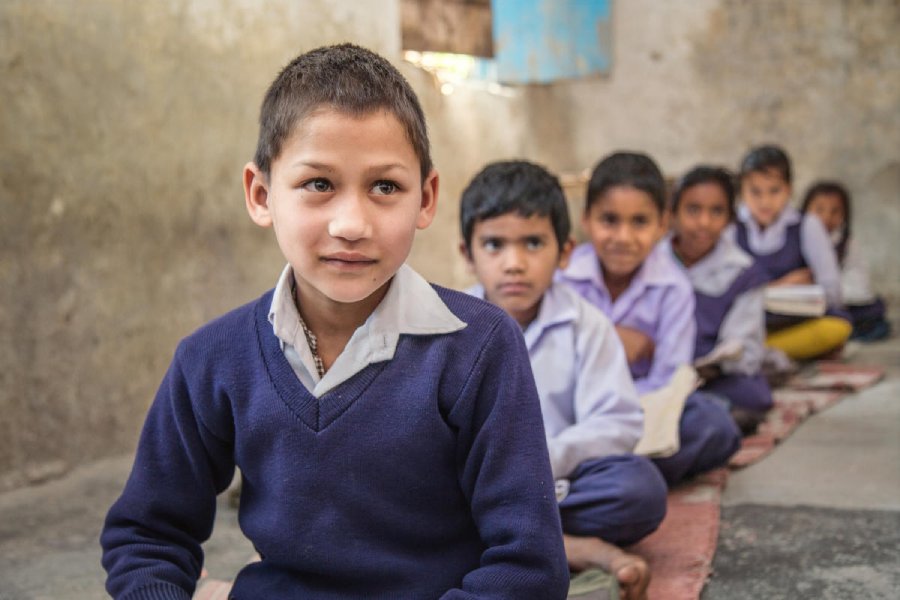Book: A Matter Of The Heart: Education In India
Author: Anurag Behar
Publisher: Westland
Price: ₹599
Anurag Behar’s book is a compilation of newspaper columns written for The Mint over a period of time about schooling and education in independent India. Following other compilations that have recently emerged as a method of documenting and interpreting contemporary experiences, Behar exposes the existing infrastructure for schooling, questions the agenda behind public education, and records the extraordinary efforts of individuals and communities to realise educational ideals. Bringing his own expertise as an academic administrator, Behar writes with feeling and conviction, leaving his readers with a sense of hope and affirmation.
The essays are organised around six subsections that are in one way or the other connected with the principles of public education, teaching and social commitment. It begins strategically with the record of a visit to a school in the Mandya district of Karnataka, one in a nation of 1.3 million schools to showcase the extraordinary tenacity of its stakeholders with the admission that this was a rare instance and not the norm. The essay sets the tone for others where the author admits that notwithstanding instances of remarkable commitment by individual teachers, enthusiasm of students and, occasionally, of altruistic government officials, the record at the macro-level is dismal.
There is evidently no magic fix for all that ails India’s primary education, no short cuts for the malaise. But then the question arises: how should we prepare for the long haul, for making primary, quality education every child’s birthright and help in its intellectual and social development? This is a question that crops up even when you read the most hopeful of stories that Behar records but something that he does not grapple with directly. He rightly points out that the solutions to infrastructure, motivation and social apathy have to be local and not imposed upon from the top. He is also critical of armchair criticism and makes the point on several occasions that no amount of berating efforts from outside can help. This is admittedly true, but equally it overlooks the importance of criticism in our public life. There have been instances when perfectly good initiatives have been scuttled by the government for no apparent reason except that these were suggested and enforced by activists seen as opposition!
What is public about public education is a question that Behar asks pointedly in the second section where there is a shift from documenting experience to reflecting on conceptual questions. Is being public about equity and access to all? Is it about cultivating values that prepare children to understand citizenship? Is it about quality education that must be made available to all? There are no ready answers but Behar manages to record voices from teachers in the field when they request to be excused from going out on ‘official duty’ and from assessing students endlessly. What these voices suggest is the absolute cluelessness of governments about realities on the ground. Equally, they point to the challenges of translating best individual practices (of which there are many instances) into institutions. This gap between social practice and institutional working has remained a stumbling block, and nowhere is this more apparent than education. It is here that we need to ask whether we as a social collective really value education as a public good and practise it thus, or we simply take an instrumental approach to education and are happy to be citizens of a rote nation. The answer in this case, even if not spelled out by Behar, is fairly straightforward: we as a society do not care about the larger goals of education and it is this lacuna that enables cynical governments to prey upon our apathy.
The author is generally hopeful about the National Education Policy and suggests that opposition to it may be counter-productive in the long run. He does not elaborate either on the positive facets of the policy or on the reservations that have been expressed by critics. But in fairness, the book is not about policy – it is, in the end, about individual hope and commitment, about the transformation that the classroom makes to young lives, and about how salient education is in our vision for a better and more equitable republic.










